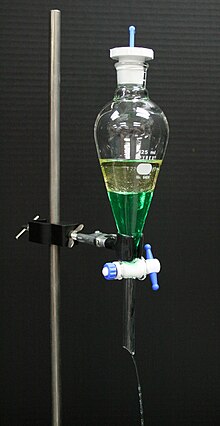shaunvfx
Member
So something occurred to me, how about moving the harvesting to the beginning of the brew process instead of the cumbersome end? Afterall brewers gotta be planners to some degree.
My last brew had an expected og of 1.068, so I bought a vial of wlp002 and was going to do a starter.
I ended up doing a starter in a one gallon carboy I bought at the lhbs for like 5 bucks.
After putting it in the fridge for a few hours after it was done with peak fermentation, I poured off 2/3 of the starter beer into a large sanitized mason jar, then swirled and pitched half of the remains into the fermenter. The rest I poured into a few smaller mason jars equally and then topped off completely with the beer from the other big jar.
I basically made a starter twice the size that I needed and used half for harvesting which puts me back at the correct pitch into my wort.
This was so much easier than cleaning because of obvious reasons, I've got pure yeast in my jars that are brilliantly white, very neutral beer sitting on top, and I didn't have to dick around with a huge carboy to settle and pour.
I plan in doing this again with any new yeast and with the starters. It was so much easier for me.
Unless you are trying to get some characteristics from mutations of a full batch ferment, I think my method probably has a higher chance of preserving the original integrity of the yeast.
I'm interested in everyone's thoughts as I did this without researching so I'm not sure if I am using some faulty logic here.
My last brew had an expected og of 1.068, so I bought a vial of wlp002 and was going to do a starter.
I ended up doing a starter in a one gallon carboy I bought at the lhbs for like 5 bucks.
After putting it in the fridge for a few hours after it was done with peak fermentation, I poured off 2/3 of the starter beer into a large sanitized mason jar, then swirled and pitched half of the remains into the fermenter. The rest I poured into a few smaller mason jars equally and then topped off completely with the beer from the other big jar.
I basically made a starter twice the size that I needed and used half for harvesting which puts me back at the correct pitch into my wort.
This was so much easier than cleaning because of obvious reasons, I've got pure yeast in my jars that are brilliantly white, very neutral beer sitting on top, and I didn't have to dick around with a huge carboy to settle and pour.
I plan in doing this again with any new yeast and with the starters. It was so much easier for me.
Unless you are trying to get some characteristics from mutations of a full batch ferment, I think my method probably has a higher chance of preserving the original integrity of the yeast.
I'm interested in everyone's thoughts as I did this without researching so I'm not sure if I am using some faulty logic here.




